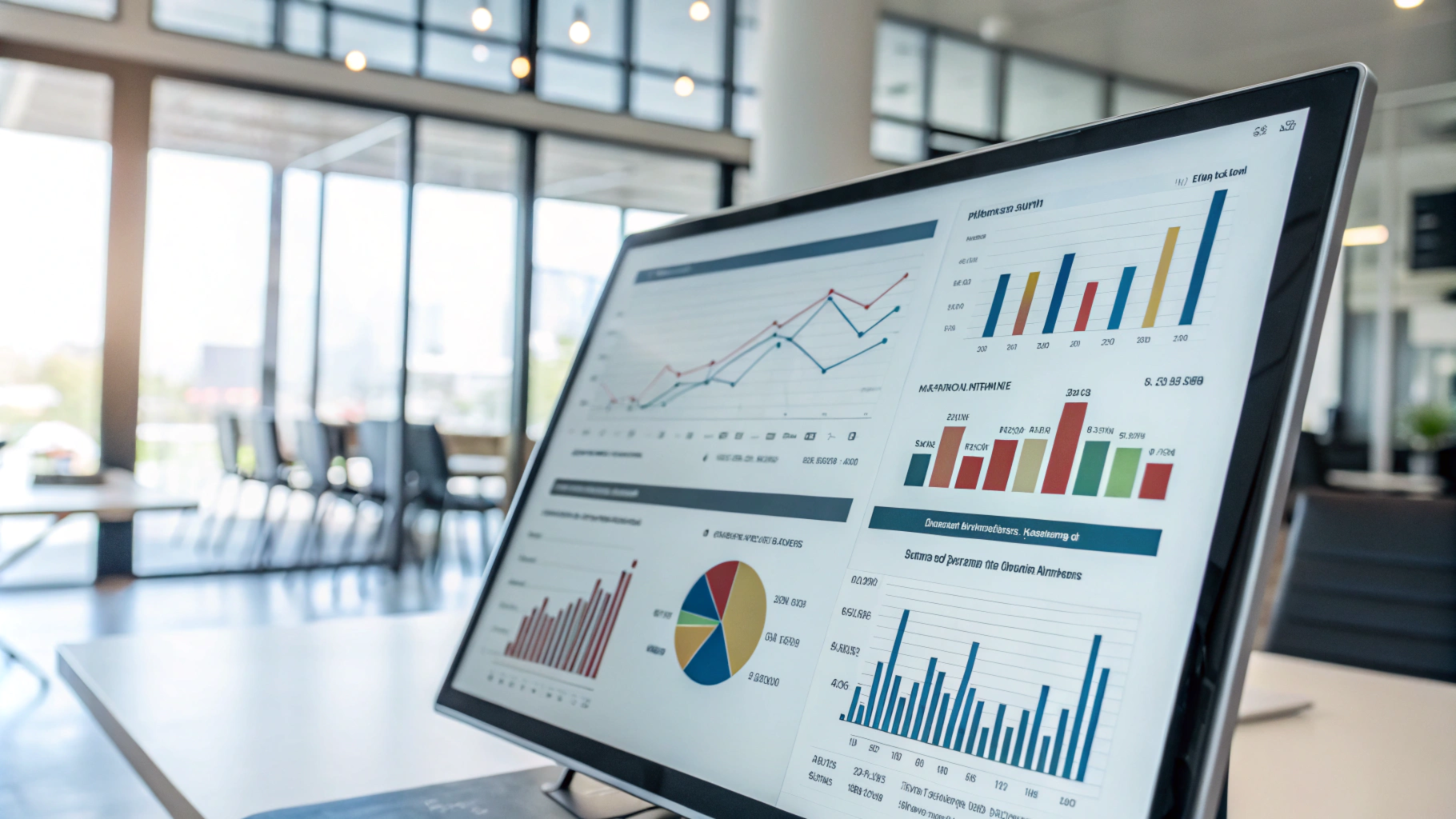Beyond the Basics: Advanced Techniques to Extract Actionable Insights from Data
Beyond the Basics: Advanced Techniques to Extract Actionable Insights from Data

1. Explore Predictive Analytics
Action: Use historical data to predict future trends and behaviours.
Predictive analytics involves applying statistical techniques and machine learning models to forecast outcomes. For example, analysing past customer behaviour can help you anticipate purchasing patterns, enabling proactive decision-making.
Pro Tip: Tools like Python, R, and specialised platforms such as Tableau or Power BI provide robust support for predictive analytics.
2. Implement Scenario Modeling
Action: Create "what-if" scenarios to evaluate potential outcomes.
Scenario modeling helps in understanding how different variables interact under varying conditions. For example, simulating the impact of a price increase on sales revenue can guide pricing strategies.
Pro Tip: Incorporate sensitivity analysis to identify variables with the most significant impact.
3. Optimise Data Visualisations
Action: Use storytelling techniques to make your data resonate.
While charts and graphs are essential, advanced visualisation involves creating narratives that connect insights with actionable recommendations. Combine visuals like heat maps, Sankey diagrams, and bullet charts to tell a compelling story.
Pro Tip: Always tailor your visualisations to your audience’s needs. Executives may prefer high-level summaries, while analysts benefit from detailed breakdowns.
4. Focus on Real-Time Analysis
Action: Leverage live data streams for up-to-date insights.
Real-time analysis is critical in fast-paced industries like e-commerce and finance. Implement systems that integrate real-time data from sensors, APIs, or IoT devices for immediate action.
Pro Tip: Platforms like Power BI and AWS QuickSight allow seamless integration of real-time data.
5. Apply Cluster Analysis
Action: Group similar data points to uncover hidden patterns.
Cluster analysis is a powerful way to segment your data, whether identifying customer groups for targeted marketing or analysing product performance across categories.
Pro Tip: Use tools like K-means clustering or hierarchical clustering in Python or R to automate and refine the process.
6. Enhance Your KPIs with Composite Metrics
Action: Combine multiple data points into a single, more comprehensive metric.
Instead of focusing solely on traditional KPIs like revenue or growth, create composite metrics that factor in additional dimensions, such as customer satisfaction and retention rates.
Pro Tip: Composite metrics provide a more holistic view, making them particularly useful in strategic decision-making
7. Detect and Address Anomalies
Action: Use advanced algorithms to identify outliers.
Anomalies often point to critical insights, whether they signal a fraud attempt, a system glitch, or an unexpected market opportunity. Machine learning algorithms like Isolation Forests and DBSCAN can help detect these outliers.
Pro Tip: Pair anomaly detection with root-cause analysis for a comprehensive approach.
8. Integrate External Data Sources
Action: Enrich your analysis by incorporating external datasets.
External data, such as market trends, weather patterns, or social media activity, can provide valuable context to your internal data. For example, linking sales data with regional economic indicators can reveal deeper insights.
Pro Tip: Use APIs to seamlessly pull data from third-party platforms like Google Trends or LinkedIn.
9. Conduct Sentiment Analysis
Action: Analyse textual data to gauge public opinion or customer sentiment.
Sentiment analysis uses natural language processing (NLP) to analyse reviews, social media posts, or customer feedback. This technique is invaluable for understanding customer perceptions and improving products or services.
Pro Tip: Tools like Microsoft Azure Text Analytics or Google Cloud NLP simplify sentiment analysis for non-programmers.
10. Automate Insights Delivery
Action: Set up automated reporting systems to streamline decision-making.
Leverage dashboards and automated alerts to ensure that key insights are delivered to stakeholders in real time. Automation not only saves time but also ensures that critical opportunities or risks are never overlooked.
Pro Tip: Use scheduled email reports or Slack integrations to distribute insights to relevant teams.
Conclusion: Elevate Your Analysis Game
By integrating these advanced techniques into your workflow, you can move from descriptive to prescriptive analytics, making data a true driver of strategic success. Whether you’re leveraging predictive models, enhancing visual storytelling, or automating insights, the possibilities for transforming data into actionable results are endless.


